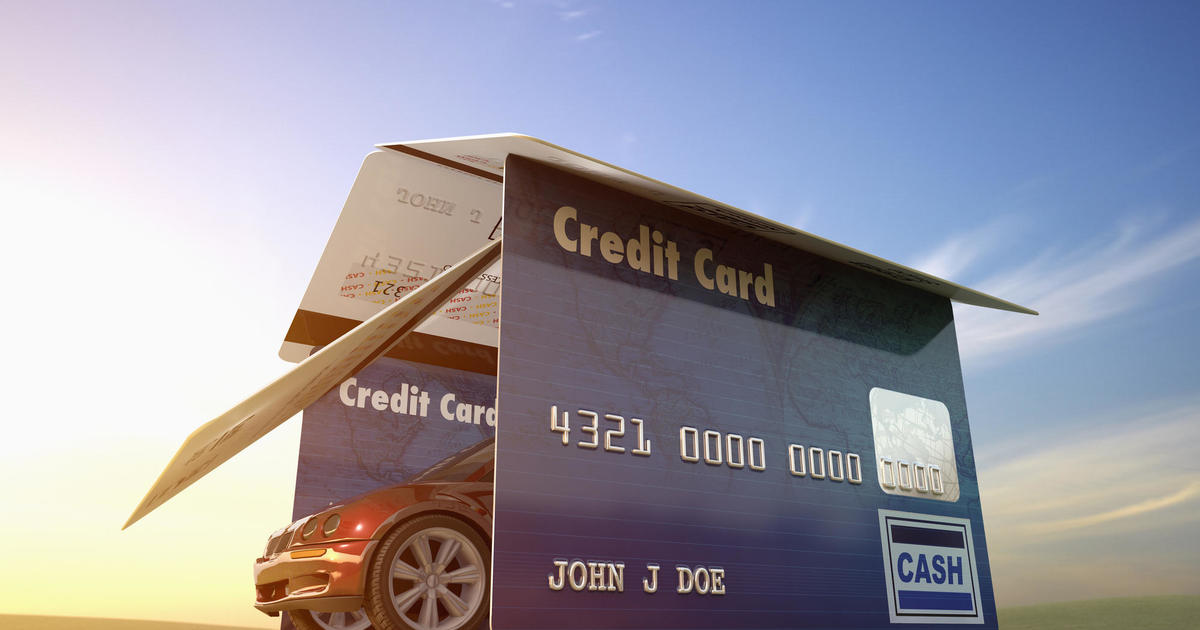Toys "R" bankruptcy: Why it went bust
Toys go in and out of style, but they're an ever-present source of joy and wonder in children's lives. So how did Toys "R" Us, the largest toy retailer in the U.S., end up bankrupt?
One possible culprit, the explosion in online shopping also wreaking havoc on other big-box stores, is certainly a factor. But the spread of Amazon and other ecommerce players into every corner of the economy is only part of the answer, and not the main cause of Toys "R" Us' decline.
A bigger catalyst in the company's fall: its heavy debt load from a $6.6 billion leveraged buyout by private-equity firms Bain Capital and KKR & Co. in 2005. The deal -- touted by a KKR executive at the time as a chance to "make the stores a better place to shop and work" -- hobbled the company's ability to invest in ecommerce and new initiatives to help it compete with tech powerhouses like Amazon. Toys "R" Us said on Monday that the bankruptcy will allow it to restructure and "invest in long-term growth."
Swimming in debt, and distracted from its core business of selling toys, the company was placed in "constant refinancing mode," said Charlie O'Shea, the lead retail analyst at Moody's. The irony of Toys "R" Us' financial meltdown is toy sales are on the rise, with sales rising 5 percent last year.
"There is the perception that retail is under siege," and companies without financial flexibility are at a disadvantage against deeper-pocketed rivals like Walmart (WMT) and Amazon (AMZN), said O'Shea, who has covered Toys "R" both before and after its 2005 purchase, which also included real estate investment trust Vornado (VNO). The problems are especially acute "if you are a retailer with a lot of debt on their balance sheet, and Toys "R" Us become the poster child for this."
At the same time, Walmart and Amazon have heavily discounted toys to get parents to switch loyalties. Toys "R" Us in its bankruptcy filing said the company "would have needed to slash prices to maintain traffic into its stores."
"It's a limbo contest here," O'Shea added. "At some point, the bar gets too low and you can't walk under it."
Toys "R" Us' presence on the retail landscape doesn't necessarily end here. The company vows to capitalize on bankruptcy relief to close less profitable stores, spruce up remaining locations and and otherwise try to become more competitive.
By seeking protection from creditors, the toy retailer likely reassured its vendors about its ability to pay for merchandise, which is especially important before the all-important holiday season for toy sellers. But the company made it clear it would have preferred to wait, saying in its filing it was in financing discussions when a news report said its debtors were considering Chapter 11. That started "a dangerous game of dominoes," with vendors demanding cash up front, it said.
"The vendors are more comfortable now" with the bankruptcy filing, O'Shea said. "They have more assurances they will get paid for their products. Anything shipped after today will come under supervision of bankruptcy court."
Below are four reasons why Toys "R" Us filed for bankruptcy.
Crushing debt. Toys "R" Us continued to struggle with debt, a legacy of its 2005 leveraged buyout. It had $444 million in debt coming due in the current fiscal year, which ends in January, and a massive $2.2 billion in debt maturing in the following fiscal year. "They were in serial refinancing mode," O'Shea noted. "It seemed every year there was $1 billion that needed to be redone."
Price-cutting competitors. One of Walmart's holiday strategies is to slash toy prices to lure consumers into its stores. One study found the retail giant discounted its popular toys by 54 percent on average compared with Amazon. In its bankruptcy filing, Toys "R" Us noted that Amazon is "not concerned with making a profit at this juncture, rendering their pricing model impossible to compete with."
Kids just want to be kids -- online. Toys "R" Us' famous 1980s jingle says kids "don't wanna grow up" -- but their tastes in toys do change. Lego, for one, is also feeling the pain, with the Danish building-block maker witnessing its first sales decline in 13 years, partly due to a shift toward online apps and games.
Nervous vendors wanted cash up front. Speculation that bankruptcy was on the horizon sparked fear among Toys "R" Us' suppliers. According to the company's bankruptcy filing, almost 40 percent of international and domestic vendors lost confidence and demanded cash in advance or on delivery. That would have required an additional $1 billion in liquidity, the company said.



